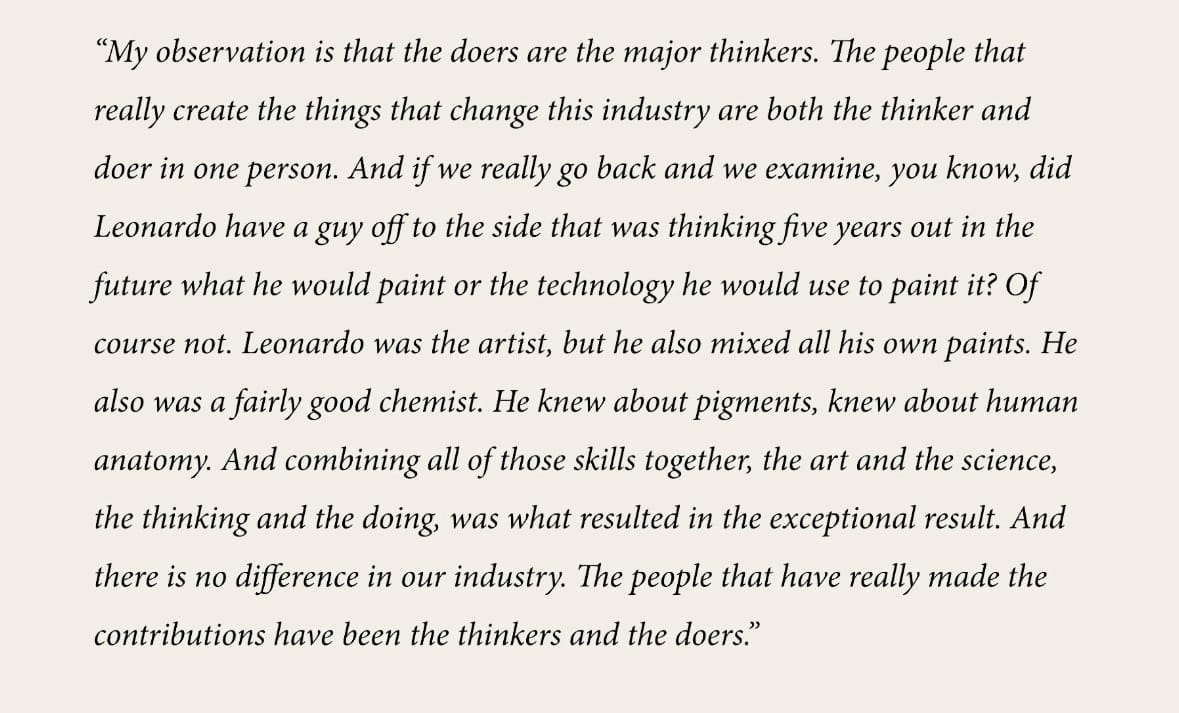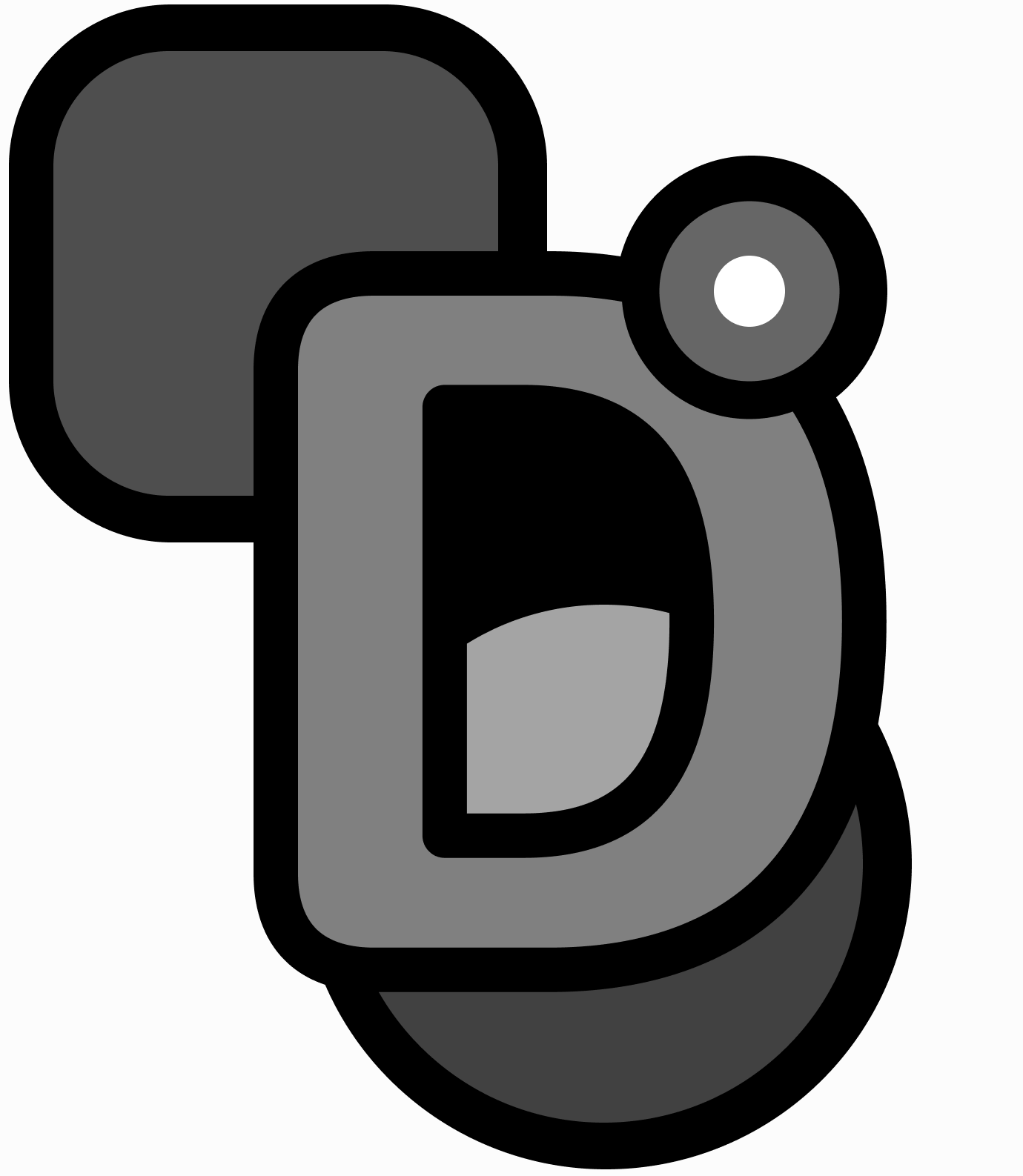I lost my job to AI.—What’s next?
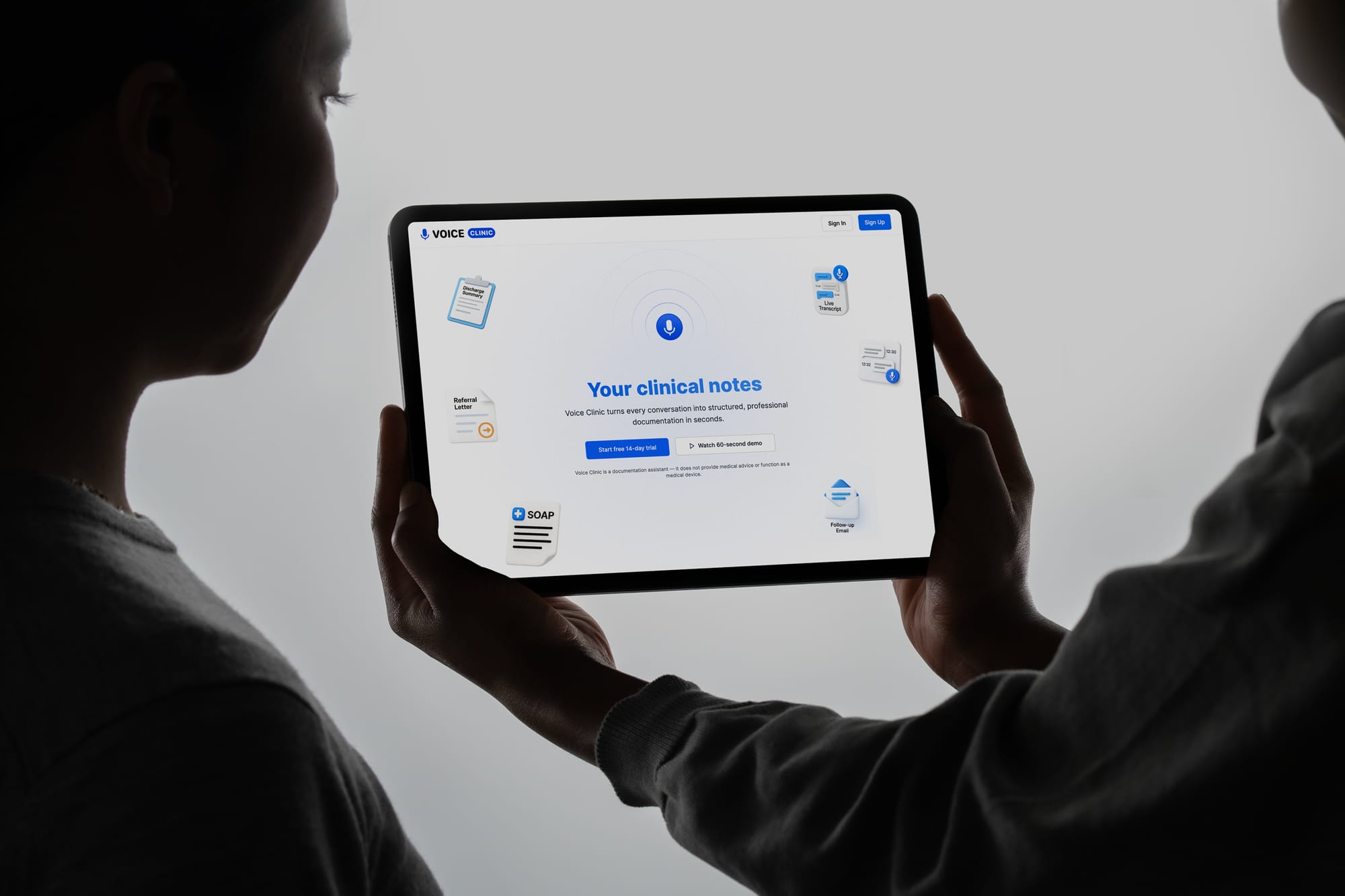
I didn’t really lose my job. I just stopped being needed.
Not me personally - the tasks. The ones I used to do every week as a product designer: polish UI in Figma, write copy, build mockups, prep decks, hand things off. One by one, they’ve all been replaced by tools most people still treat as novelties.
This post was written a few days after I launched voice.clinic - a small AI-powered SaaS I ideated, designed, built, branded, and shipped solo. In under 4 days. That was the moment the penny dropped. This post isn’t about the product. It’s about the shift that led to it - and where I think things are going.
If you're in tech, I’d love for you to try it out — especially if you’ve got thoughts on security or can spot major technical blind spots I’ve missed. This was built in 4 days, so if something’s broken or naïve, tell me.
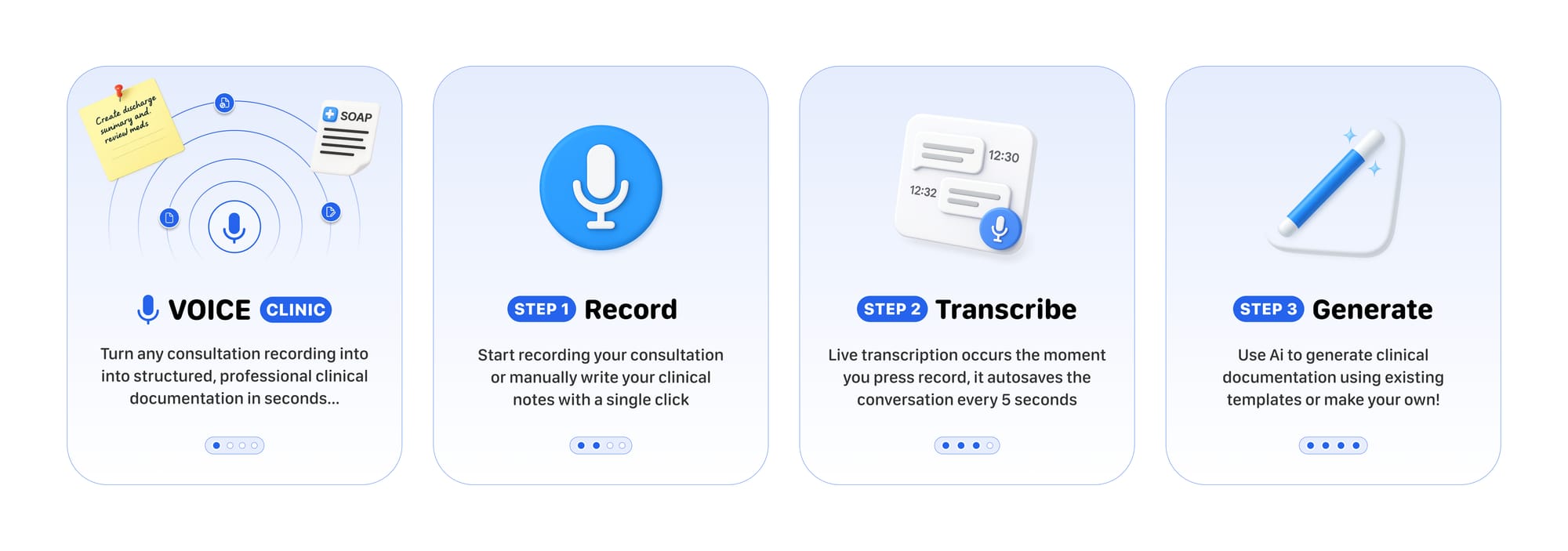
Step 1 — Get close to the tools
I started with no goal. Just curiosity. ChatGPT, Perplexity, Gemini, Grok, DeepSeek, Manus. Image tools. Motion tools. Voice agents. I played. Daily.
Patterns emerged. Ask clear questions, get clear results. If you don’t, the output reflects your thinking. Prompting is just design thinking, but in words. Once I saw it like that, it all clicked.
If you're not spending time inside these tools — not watching demos, but building — you're already behind. That’s not hype. That’s just the curve.
Step 2 — Build something pointless (on purpose)
On Christmas Day last year I tried Loveable — a natural language app builder. I asked it to make a note-taking app. Fifteen minutes later: Supabase auth, live UI, working CRUD. It was fragile, but it worked.
That kind of speed used to take a team. Or a week of focused dev. Now it’s two coffees.
So I pushed it. I tried building a pay-per-chapter ebook tool. A real product idea. Too complex. Too soon. I shelved it after 50 hours and a few hundred in credits. A useful failure. It taught me the limits of that version of loveable.
Boxing Day update to my to-do app built with @lovable_dev 🚀:
— Darcey Beau (@darcey_beau) December 26, 2024
✅ Emojis for projects
✅ Simplified sidebar
✅ Dynamic greetings based on local time
✅ Custom avatars & dark mode
✅ Enhanced drag-and-drop for tasks
✅ Tons of tweaks & polish
I’m seriously hooked on what’s… https://t.co/Dlfs9dlp82 pic.twitter.com/Sq31TSdkBK
Step 3 — Think smaller, move faster
Recently, I became an early tester of Lovart — maybe the first true “design agent” I’ve ever seen. It doesn’t build complete designs. It's more like a design studio assistant. Sketch, refine, animate, export. All in prompts.
It reminded me of convex tinkering — Nassim Taleb’s idea of placing low-risk bets where one win pays for the rest. AI workflows feel like that now. The cost of trying things is basically zero.
Once I saw Lovart, alongside others like Flora... there was a monumental shift in how I understood what an Ai Agent actually was and how fundamental they will be in our everyday lives.
Step 4 — Build something real
In a recent client meeting with a pharmacy team, I walked through a big concept — AI-driven workflows, automation, clever UI. It looked good. But in the room, real-world constraints emerged. Compliance, regulation, edge cases. We trimmed the idea down.
What was left was simple: record an audio note → transcribe it → drop it into a clinical template.
I said, without thinking, “This is easy—I could build that in four days.” It was a throwaway comment. But I meant it.
So I did.
Not to show off — but to see if it was actually possible. As a challenge. As a live-fire test of everything I’ve learned.
The result was voice.clinic.
The product isn’t technically groundbreaking. But the way it was built is. From idea to live SaaS in under four days. Fully functional. Fully branded. Everything done by one person — end-to-end. That includes:
- Logo and brand design
- UI and UX
- SVG animation
- 3D visuals
- Photography and video
- Landing page and copy
- Backend logic
- Payment, email, and auth flows
Every part of it touched AI.
I split the work into tools:
- Loveable handled front-end scaffolding and UI
- Supabase ran the backend, security, and RLS
- OpenAI powered transcription
- A custom designed prompt system handled clinical logic
- Figma helped me with the SVG assets
- ChatGPT cleaned up the copy
- Stripe took payments
- Resend handled emails
- Open Ai Codex allowed me to iteratively run multiple tests across the entire codebase automatically, flagging issues based on predefined parameters
- I handled the stitching — with 18 months of hands-on tinkering as my compass
No engineers. No designers. No PMs. No handoffs. Just me, working iteratively, with tools that answered back in seconds.
At 5:36am on a Thursday, after a +20 hour vibe coding session voice.clinic went live.
Skeptics
“It’s not production-ready.” - “The code’s a black box.” - “It won’t scale.” - “You still need a real team.”
I get it. I had the same doubts. But most of these arguments come from people who haven’t actually built anything with these tools or they're not using them to their fullest potential.
When you do, those worries collapse. You can debug the code. You can add security. You can understand the system. Ultimately, the outputs reflect the inputs.
If your code is a mess, ask AI to clean it. If you need to pass ISO audit, prompt an agent to prep for it. The tooling is there — it just needs the right implementation.
Devs need to understand that end users don’t care if the code is beautiful. They care if it works. If it’s secure. If it solves a real problem.
This post isn't about taking shots at designers, engineers, or anyone else who are skeptical. I’ve worked alongside brilliant people in all of those roles who have valid concern. However, my point is this: change is real, and it’s moving fast. The models are improving daily — not just in performance, but in accessibility. Every update makes it easier for people from all kinds of backgrounds to build things they couldn’t before. I’m not suggesting people will be replaced. I’m saying the ground is shifting — and now is probably a good time to adapt
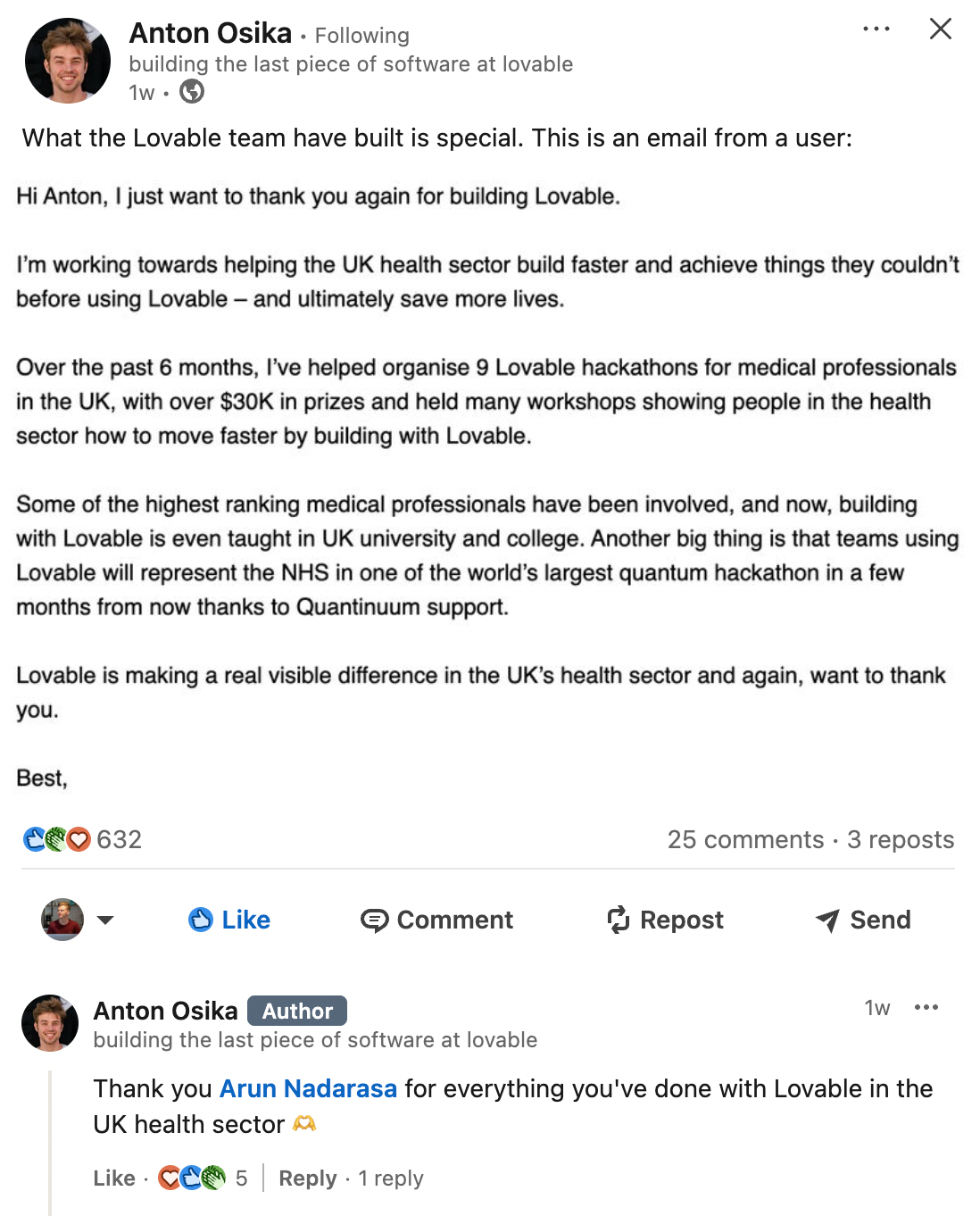
What this actually means
This post is about what’s now possible — and how quickly that possibility is compounding.
If you run a company, design software, manage teams — this is your wake-up call:
What used to take a team of 25+ people now takes one.
Design. Frontend. Backend. Marketing. Research. Legal. Finance. If you’re not adapting your workflow around this shift, the ground beneath you is already moving.
18 months ago, building voice.clinic would’ve taken a team a few weeks at best. Now, it’s solo. In a long weekend.
This doesn’t mean every job disappears. But the people who can work across domains — who can design, prompt, build, and deploy — now have leverage.
Programs like Lovable Shipped are showing what this new world looks like. I was part of the very first Season 1 cohort, where I tested voice.clinic across multiple sprints. Those workshops gave me not just tactics, but a mindset: move fast, validate in public, and build with clarity. That’s the playbook I still use today
What I learned by building voice.clinic
When I sat down to build voice.clinic, I wasn’t designing in the traditional sense. I wasn’t wire-framing for handoff. I wasn’t stuck in meetings about alignment or waiting on someone else to implement. I was solving — in real time — across disciplines, across tools, across tabs.
I’d be adjusting a UI pattern, while generating 3D iconography in another tab, and prompting a clinical text transformer in a third. I’d open up Figma to refine an SVG icon, then dive into Supabase to tweak security logic. I was thinking and doing at once. Not in phases. Not in roles. In flow.
That’s what AI has changed for me. Not just speed. Not just convenience. But flow. The ability to move laterally — from product thinking to execution to branding to code — without friction, without delay, without dilution.
It reminded me of something Steve Jobs once said:
“The doers are the major thinkers. Leonardo didn’t have someone off to the side imagining what pigments to use — he mixed them himself. The people who change this industry are both the thinker and the doer in one person.”
That quote hit me differently this time. Because that’s exactly what this new wave of tools enables. You no longer have to separate thinking from doing. You can sketch an idea in your mind — and execute it yourself. Fully. Quickly. With fidelity.
That’s the shift.
It’s not about automation. It’s about ownership. About the ability to carry a vision all the way through — without losing detail, without compromising intent, without having to pass it off and watch it drift.
For years, design in software was about communication. Influence. Explaining your intent to developers, stakeholders, brand teams. Making decks. Writing documentation. Shepherding an idea through a pipeline.
Truthfully, I never loved that part.
Now, I don’t have to explain what I mean. I can just build it. And that’s a different kind of power. You don't need to negotiate with a team of developers, or try and sell your vision to key stakeholders – “you can just do things.”
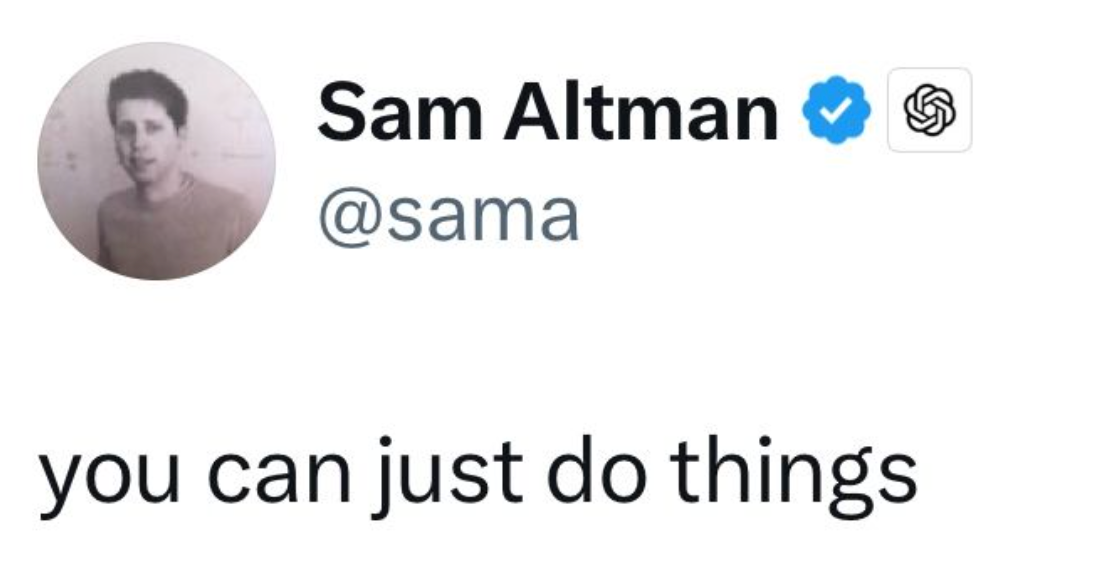
It’s also a responsibility. Because this only works if you’re willing to zoom out and learn how everything fits together. The systems thinking. The code. The backend. The brand. The user. You can’t stay in your lane. You have to get your hands dirty.
You have to mix your own paints.
And when you do, something changes. You stop being a contributor — and start becoming a creator. Not in the overused, influencer sense of the word. But in the deepest, most practical way: someone who can make something end-to-end. With vision. With care. With their own two hands.
That’s what building voice.clinic taught me.
Not that AI is replacing designers. But that the best designers — the ones who adapt — are about to have the most fun they’ve had in years.
Because the distance between idea and reality has collapsed.
And it’s not coming back.
Where I'm headed next
I’m rethinking what it means to be a designer in 2025. The Figma-to-dev pipeline feels painfully outdated. There’s a new workflow forming — and I think designers, makers, and builders should lead it.
But I don’t have all the answers. I’m still learning.
Will this lead to mass layoffs? Or a hiring boom? Will companies get smaller? Or more ambitious? I don’t know yet.
But I do know we’re at the start of a new creative era. The individual has leverage again.
This post also marks a shift for me personally. I’m moving beyond design-as-service into helping people and companies rethink how they build.
I’m now offering AI consultancy and workshops for individuals, teams, and organisations who want to:
- Adopt fast-building principles
- Rethink workflows around AI
- Make the mindset change needed to ship MVPs at this new speed.
I’m also open to building complete end-to-end products — taking an idea from concept to launch — or even working in-residency inside larger organisations who want to accelerate their adoption of these methods from the inside.
If that sounds useful, drop me a line at hello@darcey.com.
— Darcey
